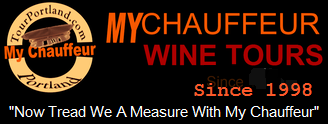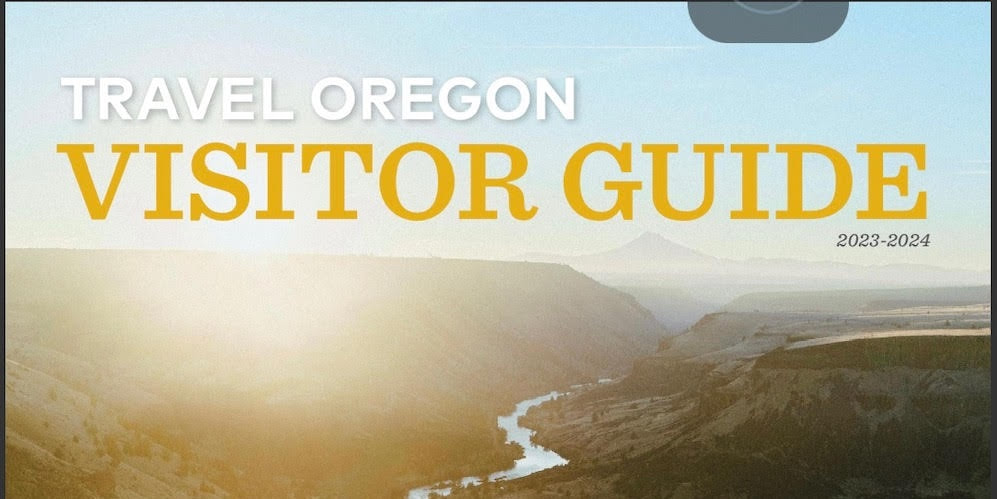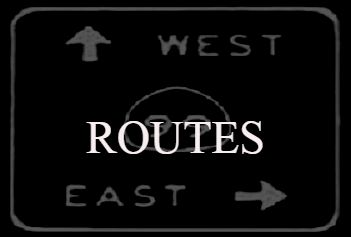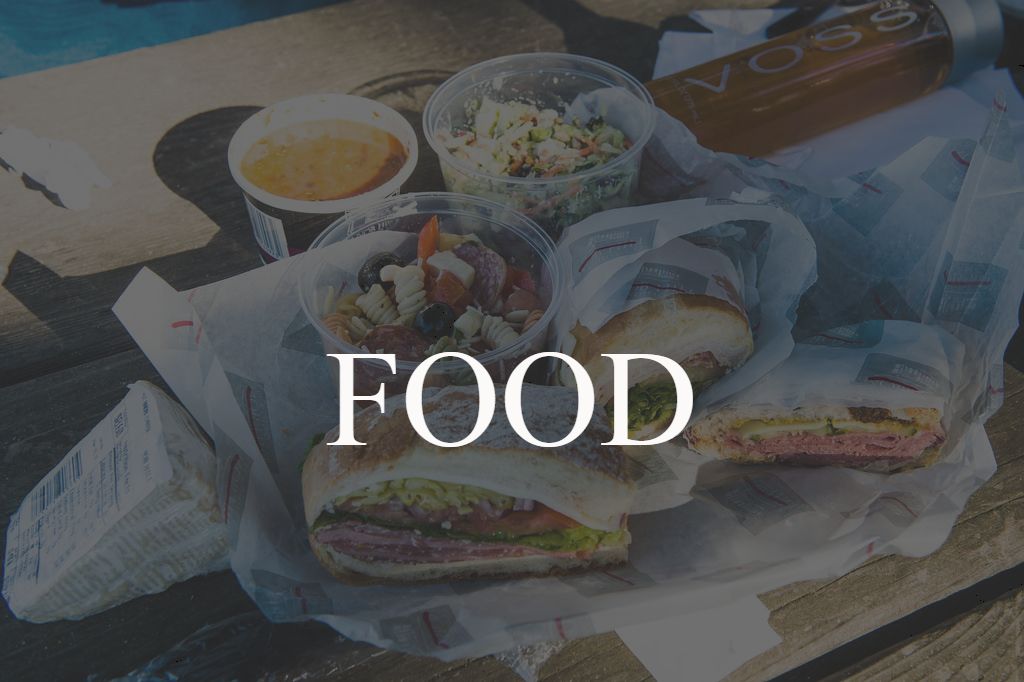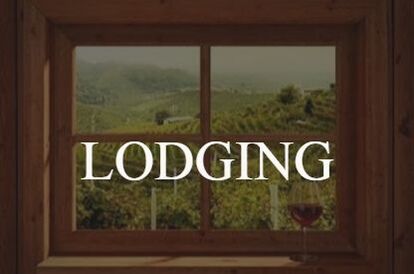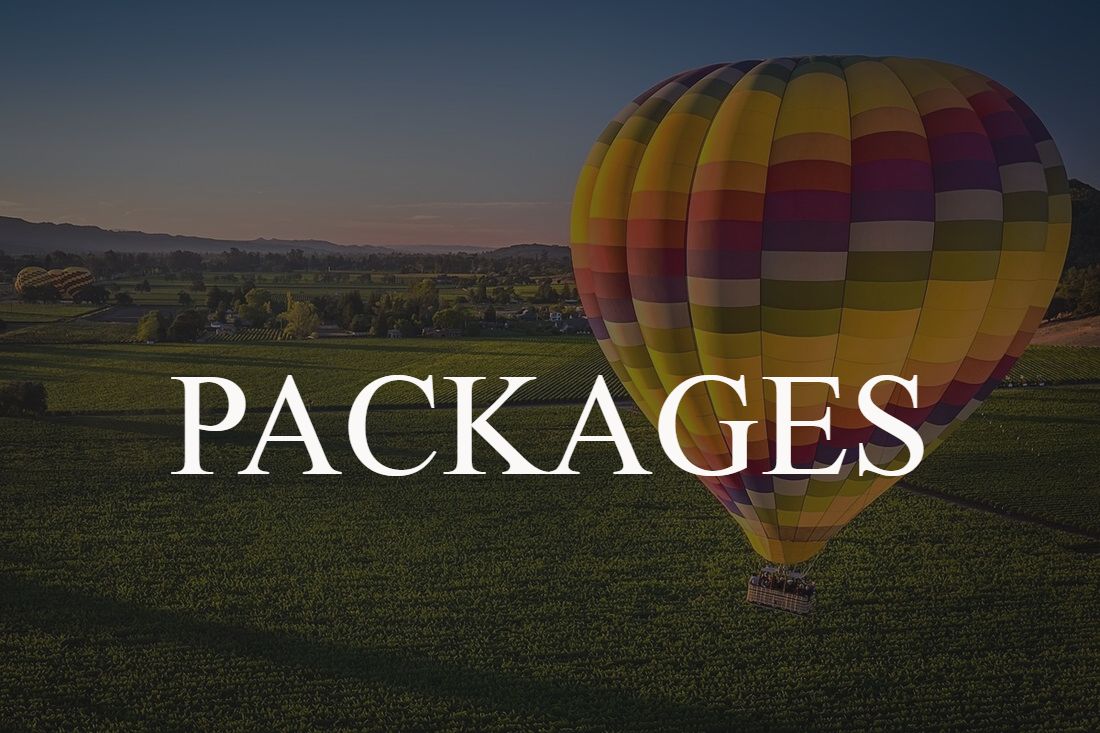About Wine- Get the most from your visits
Get the Most From Your Winery Visits
by Natalie MacClean
Edited by Philip Colby of My Chauffeur
by Natalie MacClean
Edited by Philip Colby of My Chauffeur
Plan your visits: Visit wineries clustered together, and visit no more than three to five a day: two in the morning, one that has a restaurant attached for lunch and one or two in the afternoon. That leaves you time to taste and talk. Go to both small and large places to get a sense of the range of wines produced. My Chauffeur will plan your visits for you if you like.
Designate a driver: If you are tasting wine, you need to pick a designated driver who won't imbibe, like My Chauffeur!
Take a cooler: Pack a picnic lunch in a cooler, and then you'll have a place to store the wines that you buy, so they don't cook in the trunk. But many wineries will ship to your home—so think twice before lugging those bottles around: a case of 12 weighs 37 pounds. If you do buy a bottle, get one that's only available at the winery--and ask the vintner to sign it! My Chauffeur will have a cooler available.
Drive a comfy car: A vehilce with bench, couch or reclining seats and clouded glass is ideal for those between-winery naps in parking lots. Even better, rent a My Chauffeur stretch limo or limo bus with couch seating & tinted glass.
Avoid strong smells: Perfume, cologne and aftershave all interfere with the wine aromas, so skip them when you're going to taste.
Wear dark clothing: Even if you're an expert spitter, the person next to you might not be. Avoid wearing t-shirts that read "Gonna drink myself stupid!"
Call ahead: If your favorite winery isn't open to the public, call to ask if you can drop by anyway. Many will welcome fans by appointment. My Chauffeur will call ahead for you.
Go early: Tasting rooms are much less crowded in the mornings before lunch, and less packed on weekdays than weekends. And even though Pinot at 10 a.m. may not sound appealing, your palate is at its best in the morning.
Check out a new wine tasting region. Likely you’ll experience less congestion and you’ll have a great time tasting new wines! Check out our Wine Tasting Routes for some ideas. Likewise, try a new type of wine or “varietal” during your wine tasting. You must taste the Valley’s signature Pinot Noirs, but don’t be afraid to try something new. You may like it!
Taste and savour: Tasting several wines is not only fun, it's instructive: you can compare different styles when you try them side by side. (Of course, you can do this at home, but it's expensive to open four bottles or more bottles at once.) Begin with light, dry white wines; progress to full-bodied reds; and finally, try sweet wines.
Experiment: Try wines you've never tasted before, widen your range, surprise yourself. Ask the tasting room staff which wine the vintner is best-known for.
Take a notebook: It doesn't make you a wine nerd to want to remember the wines you've tasted.
Visit small wineries and larger wineries and enjoy a variety of wine tasting experiences. Chat with winemakers in an intimate setting, taste from the barrel or enjoy some live music and specialty food pairings.
Don’t miss out on special discounts & offers at wineries during tasting events. And, if you discover a winery you really love, consider joining their wine club. You’ll likely receive discounts, exclusive deals, access to special releases and free tastings.
Avoid tour buses: If your not already in one, and you see a bus in the winery parking lot, come back later. (Also avoid people in polyester suits wearing stickers that say "Hi! My name is…")
Spit: Spitting is an acceptable part of tasting room etiquette. In North America, we associate spitting with crudeness and great gobs of wet tobacco. Europeans, however, are completely uninhibited about spitting—as they are about nude bathing and May-December sexual liaisons. The French call it recracher, and they have no qualms about doing it in the vineyard, down drains, or even on the barrel room floor. (But don't think it's a mark of European sophistication to spit on a floor that's finished in bird's eye maple or Persian carpets. Look for the spit buckets.)
The art of spitting (or expectorating, if you prefer) can be comfortably mastered at home. Start in the shower, then move to the bathroom sink, and finally, when you're ready to work without a net, graduate to the dining room table. The technique is simple: when you've finished tasting your wine, suck in your cheeks, purse your lips into a slightly open O, lean forward and expel a steady stream into the bucket. It's considered bad form to dribble, spray or ricochet.
Ask questions: Unless they're swamped with visitors, most tasting room personnel love to chat about their wines and the region. Start by asking how their wine differs from that of nearby wineries, and which dishes it would go well with.
Eat: Be sure to have breakfast before you go, and take a snack for on the road—food helps to absorb the alcohol. Eating bland crackers between sips will also keep your palate from getting overloaded. Avoid eating garlic and spicy food at lunch; wait until the tasting over. You may order a picnic lunch from My Chauffeur!
Drink water: One effect of even just tasting alcohol is that you get dehydrated. Pack several bottles of water in the car, and take a swig often. My Chauffeur will have water available.
Take the kids: Most wineries are set in beautiful country locations where children can play outdoors. And even if the kids aren't drinking for a few more years, they can still be fascinated by these grape farms, and the process of making wine. Just keep them away from any breakables in the tasting room, and from the farm equipment outside. Don't press any red buttons no matter how tempting.
Ask to be added to the mailing list: Some wineries produce such small quantities of wine that you need to be part of their loyal customer base to buy any. A visit to the winery is a great time to express your interest. (But avoid the approach of taking out a thick wad of bills, fanning under the owner's nose and asking, "Whaddaya got that's good and pricey?")
Call it quits: How to tell when you should head back to the hotel? Your teeth are stained dark purple or you find yourself swimming in the landscaped fountain in front of the winery. Those 10-20 tastes will add up to a lot of wine!
ADDITIONAL INFO.
These travel tips are only a sampling. Please contact us if you have further questions.
Reprinted from Natalie MacLean's free wine e-mail newsletter at www.nataliemaclean.com.
Designate a driver: If you are tasting wine, you need to pick a designated driver who won't imbibe, like My Chauffeur!
Take a cooler: Pack a picnic lunch in a cooler, and then you'll have a place to store the wines that you buy, so they don't cook in the trunk. But many wineries will ship to your home—so think twice before lugging those bottles around: a case of 12 weighs 37 pounds. If you do buy a bottle, get one that's only available at the winery--and ask the vintner to sign it! My Chauffeur will have a cooler available.
Drive a comfy car: A vehilce with bench, couch or reclining seats and clouded glass is ideal for those between-winery naps in parking lots. Even better, rent a My Chauffeur stretch limo or limo bus with couch seating & tinted glass.
Avoid strong smells: Perfume, cologne and aftershave all interfere with the wine aromas, so skip them when you're going to taste.
Wear dark clothing: Even if you're an expert spitter, the person next to you might not be. Avoid wearing t-shirts that read "Gonna drink myself stupid!"
Call ahead: If your favorite winery isn't open to the public, call to ask if you can drop by anyway. Many will welcome fans by appointment. My Chauffeur will call ahead for you.
Go early: Tasting rooms are much less crowded in the mornings before lunch, and less packed on weekdays than weekends. And even though Pinot at 10 a.m. may not sound appealing, your palate is at its best in the morning.
Check out a new wine tasting region. Likely you’ll experience less congestion and you’ll have a great time tasting new wines! Check out our Wine Tasting Routes for some ideas. Likewise, try a new type of wine or “varietal” during your wine tasting. You must taste the Valley’s signature Pinot Noirs, but don’t be afraid to try something new. You may like it!
Taste and savour: Tasting several wines is not only fun, it's instructive: you can compare different styles when you try them side by side. (Of course, you can do this at home, but it's expensive to open four bottles or more bottles at once.) Begin with light, dry white wines; progress to full-bodied reds; and finally, try sweet wines.
Experiment: Try wines you've never tasted before, widen your range, surprise yourself. Ask the tasting room staff which wine the vintner is best-known for.
Take a notebook: It doesn't make you a wine nerd to want to remember the wines you've tasted.
Visit small wineries and larger wineries and enjoy a variety of wine tasting experiences. Chat with winemakers in an intimate setting, taste from the barrel or enjoy some live music and specialty food pairings.
Don’t miss out on special discounts & offers at wineries during tasting events. And, if you discover a winery you really love, consider joining their wine club. You’ll likely receive discounts, exclusive deals, access to special releases and free tastings.
Avoid tour buses: If your not already in one, and you see a bus in the winery parking lot, come back later. (Also avoid people in polyester suits wearing stickers that say "Hi! My name is…")
Spit: Spitting is an acceptable part of tasting room etiquette. In North America, we associate spitting with crudeness and great gobs of wet tobacco. Europeans, however, are completely uninhibited about spitting—as they are about nude bathing and May-December sexual liaisons. The French call it recracher, and they have no qualms about doing it in the vineyard, down drains, or even on the barrel room floor. (But don't think it's a mark of European sophistication to spit on a floor that's finished in bird's eye maple or Persian carpets. Look for the spit buckets.)
The art of spitting (or expectorating, if you prefer) can be comfortably mastered at home. Start in the shower, then move to the bathroom sink, and finally, when you're ready to work without a net, graduate to the dining room table. The technique is simple: when you've finished tasting your wine, suck in your cheeks, purse your lips into a slightly open O, lean forward and expel a steady stream into the bucket. It's considered bad form to dribble, spray or ricochet.
Ask questions: Unless they're swamped with visitors, most tasting room personnel love to chat about their wines and the region. Start by asking how their wine differs from that of nearby wineries, and which dishes it would go well with.
Eat: Be sure to have breakfast before you go, and take a snack for on the road—food helps to absorb the alcohol. Eating bland crackers between sips will also keep your palate from getting overloaded. Avoid eating garlic and spicy food at lunch; wait until the tasting over. You may order a picnic lunch from My Chauffeur!
Drink water: One effect of even just tasting alcohol is that you get dehydrated. Pack several bottles of water in the car, and take a swig often. My Chauffeur will have water available.
Take the kids: Most wineries are set in beautiful country locations where children can play outdoors. And even if the kids aren't drinking for a few more years, they can still be fascinated by these grape farms, and the process of making wine. Just keep them away from any breakables in the tasting room, and from the farm equipment outside. Don't press any red buttons no matter how tempting.
Ask to be added to the mailing list: Some wineries produce such small quantities of wine that you need to be part of their loyal customer base to buy any. A visit to the winery is a great time to express your interest. (But avoid the approach of taking out a thick wad of bills, fanning under the owner's nose and asking, "Whaddaya got that's good and pricey?")
Call it quits: How to tell when you should head back to the hotel? Your teeth are stained dark purple or you find yourself swimming in the landscaped fountain in front of the winery. Those 10-20 tastes will add up to a lot of wine!
ADDITIONAL INFO.
- For current information on special events, check our site under current events or visit www.oregonwine.org.
- Tasting involves multiple senses. First look at the color of the wine in the glass. Then swirl the glass and sniff, to savor the bouquet,; take a moment to identify the aroma. Then sip the wine, enjoying the taste and feel of the wine in various areas of your mouth. Identify the flavors, which ones you like and why and think about what foods would taste good with that wine. Above all, don't be intimidated by these rituals; wine is all about pleasure!
- While some Oregon wineries still offer complimentary tastes, many wineries now charge a tasting fee of between $5 and $15, higher on holiday weekends. Also, expect charges for special reserve wines and events, too.
- Tastes are small because you are sampling. It is ok to taste, spit, and to pour out wine.
- If you are (or look like you are) age 26 or younger, Oregon law requires wineries to check your identification, so bring it with you.
- When you find a wine you enjoy, buy a glass, a bottle or a case. Limited-production wines may be available only at the winery. In hot weather, bring a cooler to protect your purchase.
- Many wineries have picnic areas with beautiful views.
- Laws relating to wine are "crazy", differing from state to state. Oregon wineries can legally ship wine only to states with "reciprocal shipping laws." (For an up-to-date list , go to Direct Shipment Laws by State for Wineries), or check with any winery.
- Although airline regulations are in flux, at this time most airlines allow wine in checked luggage. Secure appropriate packaging at the winery where you make a purchase, to avoid breakage. Wine can also be carried on, within the carry-on limits.
- Don't wait until the last minute to book your tour! We recommend at least 2 or more weeks in advance, more on special holidays to avoid being disappointed. For suggestions on great lodging and dining, ask My Chauffeur when you are arranging your tour and we will be happy to help. Wineries are open year around.
These travel tips are only a sampling. Please contact us if you have further questions.
Reprinted from Natalie MacLean's free wine e-mail newsletter at www.nataliemaclean.com.
